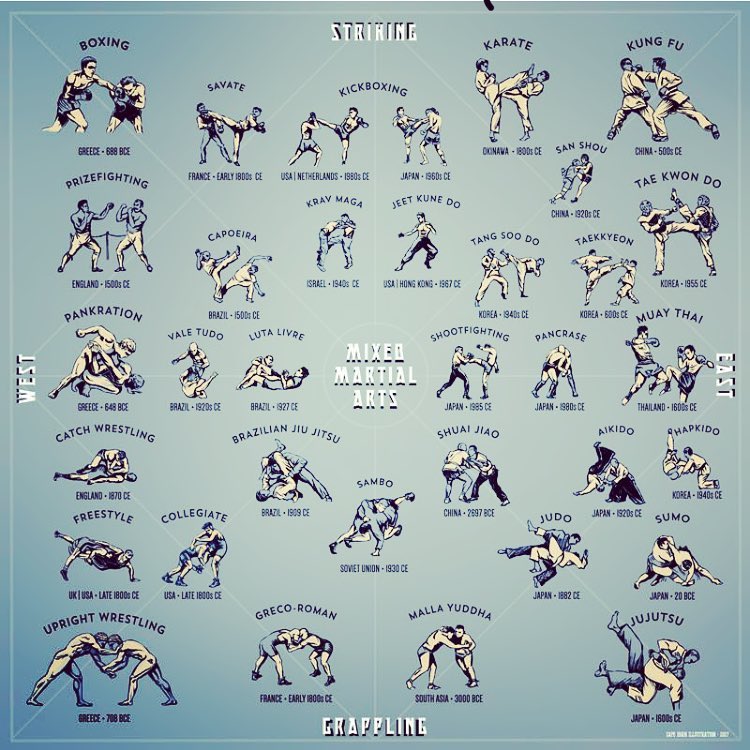Comprehending The Fundamental Differences In Between Traditional Martial Arts And Modern Battle Sports
Comprehending The Fundamental Differences In Between Traditional Martial Arts And Modern Battle Sports
Blog Article
Uploaded By-Kok Brady
When you consider martial arts, do you lean more toward the traditional techniques or the modern fight sporting activities? Each path supplies special advantages and experiences, formed by their philosophies and training methods. Traditional martial arts emphasize individual growth and technique, while modern battle sporting activities concentrate on competition and efficiency. Comprehending these differences can lead you in choosing the right approach for your journey. But exactly how do these differences materialize in training and ideology?
The Philosophy and Background Behind Typical Martial arts
While lots of people connect martial arts with physical fight, the viewpoint and background behind standard martial arts run much deeper. You'll find that these techniques highlight personal development, self-control, and respect.
Stemming from old techniques, standard martial arts were frequently created for Self-Defense and spiritual growth. They personify principles such as balance, consistency, and self-constraint, assisting practitioners past plain fighting skills.
As you train, you'll not only find out techniques yet also acquire insights into the culture and values that shaped these arts. The routines and traditions, often passed down with generations, cultivate a feeling of neighborhood and belonging.
The Affordable Nature of Modern Combat Sports
Modern fight sports have actually transformed the landscape of martial arts into a very competitive arena, where athletes challenge in an examination of ability, strategy, and endurance.
You'll see that competitors are frequently arranged with rigorous rules and guidelines, making sure fair game and security. These occasions attract huge target markets, sustaining the exhilaration and intensity of matchups.
Athletes educate carefully, not just for physical prowess however likewise for mental strength, understanding that every information counts in the ring. The adrenaline rush throughout competitors is palpable, as boxers push their limitations to assert success.
Fans appreciate the athleticism and artistry included, making modern battle sporting activities a thrilling phenomenon that continues to progress and mesmerize lovers around the world.
Training Methods and Techniques: A Relative Evaluation
The competitive environment of modern battle sports needs cutting-edge training approaches that differ substantially from conventional martial arts.
In contemporary training, you'll concentrate on particular strategies, sparring, and conditioning, commonly making use of drills that replicate genuine battle situations. You'll see a focus on quantifiable performance and constant competitors to evaluate your skills.
In contrast, standard martial arts focus on types, katas, and thoughtful trainings, commonly highlighting technique and respect over competition.
Training is typically less extreme and may include repetitive technique as opposed to real-time sparring.
While both methods construct ability and physical fitness, contemporary battle sporting activities offer a much more vibrant and versatile training setting, preparing you for instant challenges in the ring or cage.
Select martial arts kid beats up bully that aligns with your objectives and passions.
Conclusion
In picking between traditional martial arts and modern-day fight sports, it truly boils down to what you value most. If you're seeking personal growth, technique, and a sense of neighborhood, standard arts might be your best fit. However if https://franciscohufpa.get-blogging.com/35606052/fighting-style-supply-countless-physical-advantages-consisting-of-boosted-toughness-and-versatility flourish on competition and real-time challenges, modern-day battle sporting activities could be the means to go. Inevitably, both paths offer one-of-a-kind advantages, so it's everything about straightening your training with your individual goals and interests.
